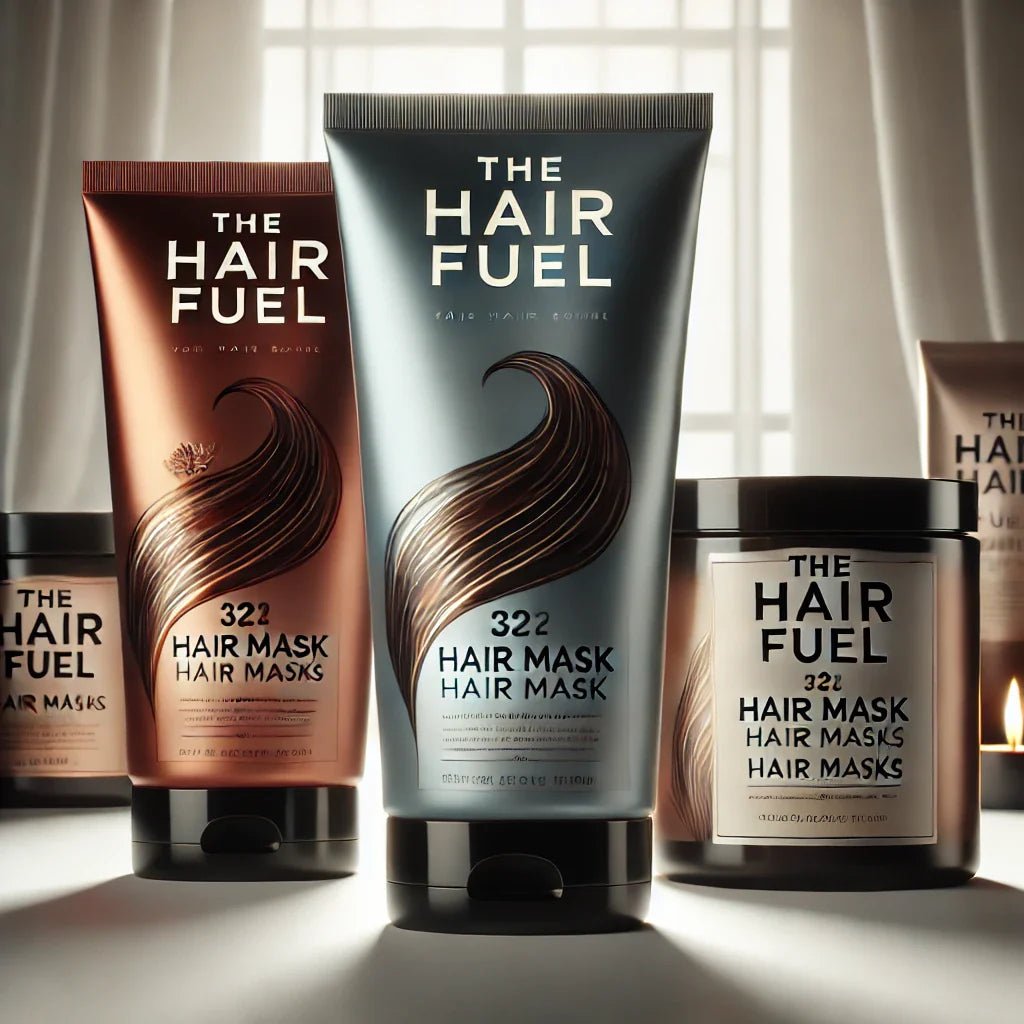Who doesn't like a bit of change that comes with changing your hair colour? Especially in darker winter months and international lockdowns everywhere, dyeing our hair may just be the tool to lift our spirits up.
However there are chemicals in the most common hair dyes that may lead to hair loss or stunted hair growth. Let's dive into the ingredients that go into hair dyes to help you on the hair growing journey.
Chemicals in hair dye
In order to secure permanent colour in hair, hair dyes use a combination of the chemicals ammonia and hydrogen peroxide. In darker shades manufacturers almost always use Paraphenylenediamine or PPD, an organic compound which darkens when exposed to oxygen. Unfortunately, it is known to create a number of toxic effects...
Generally speaking, avoiding ammonia is a good rule of thumb. Its role is to open up the cuticles to let the dye in, but the problem occurs because the cuticles remain open after the dyeing process. This leads to hair brittleness and to hair lacking lustre and luminosity.
Some dyes utilise a mechanical way to open the hair cuticle, for example: by exposing it to heat prior to dyeing – which enables cuticles to safely close after the dyeing process.
Hydrogen peroxide is another popular ingredient used in hair lightening dyes. On its own or as a component in blonde dyes, hydrogen peroxide creates a permanent dye: its effect will only go away as the new hair grows. This is because hydrogen peroxide works in the hair cortex, the innermost part of the hair that holds the pigment that gives hair its color.
Another one to avoid is resorcinol as it inhibits the activity of enzymes responsible for some thyroid functions.
Obviously, all these: PPD, Ammonia, Resorcinol, Hydrogen Peroxide would not be allowed to be sold if they weren't safe (especially in the EU). However for the purpose of transforming your hair holistically, if you can avoid them – do.
Hair dye and hair loss
Hair loss in hair colouring can occur due to two factors: firstly through hair breakage as a result of increased brittleness; and secondly, through hair thinning at the root of the hair – as most dyes are applied on the hair root thus affecting the scalp.

Natural options for hair dyes
Eluxe Magazine gave a convenient summary of natural or almost natural hair dyes. Below we picked four examples and examined its ingredients: to help you understand the logic you need to adopt when shopping for the next hair dye:
- It’s Pure – this one is if you’re a "hippy vegan purist". Having had a look through their range they seem to only add natural ingredients. We love to be able to pronounce the ingredients (or at least thoroughly understand the chemicals) of the products that we would apply on our body.
- Logona – based on henna and other natural plant-based dyes that this German company extracts itself. German brands tend to get their diligence and safety regulations on point and adhere to the promise to deliver results. Ingredients seem to indeed be natural hair dyes and oils – the latter protecting your hair when dyeing.
- ONC natural colours is a very interesting one. Instead of using ammonia to open up the cuticles of the hair shaft, they advise to use heat from a blow dryer instead. Personally, if neither of the two above would work, we would seriously consider this one.
- Naturigin sounds promising. The product is cruelty-free but not vegan… unsure how’s that possible but you should probably decide what’s aligned to your values.
Sulfate-free shampoos and hair dye
There will be some degree of trade-off in terms of permanent vs semi-permanent colours. If you want the permanent colouring, then avoiding PPD can be hard. It would also be best to avoid shampoos with sulfates altogether, as those wash out colour really quickly. Minimise washing your hair with shampoo in general will prevent hair becoming too brittle.
Take our quiz to find out which natural oils can help you revive your hair structure and are the most suitable for the climate you live in:
Waking up natural hair dying function in the follicle
Pure 100% castor oil scalp application can help restore the pigments in the melanocytes (cells responsible for colouring the hair), so focusing on the roots of your hair is key. This article talks about Jamaican Black Castor oil – but the application is the same as Castor oil – so you can just follow those steps at the bottom of the article.

Sources:
Blood Supply--Susceptible Formation of Melanin Pigment in Hair Bulb Melanocytes of Mice, (1)
Paraphenylene diamine, a contact allergen, induces oxidative stress in normal human keratinocytes in culture (2)
Clinical manifestations of systemic paraphenylene diamine intoxication (3)
Some toxicological health hazards associated with subchronic dermal exposure to paraphenylene-diamine (PPD): An experimental study (4)




